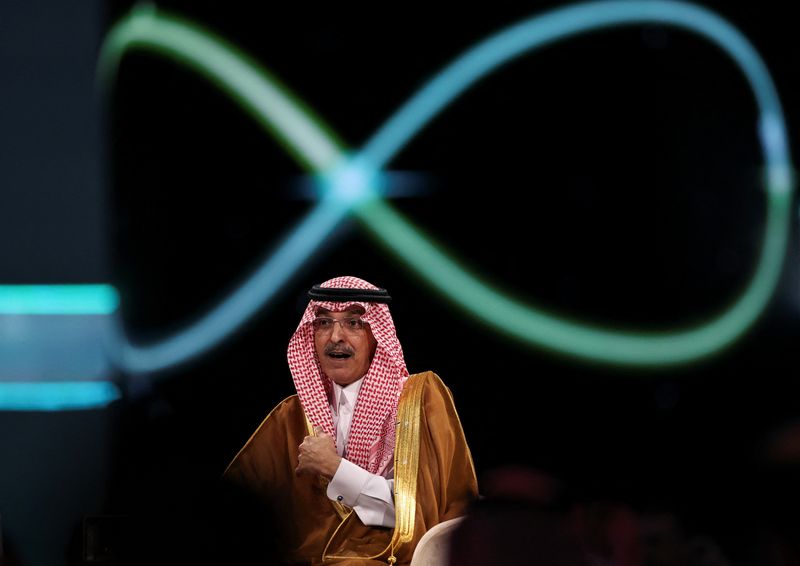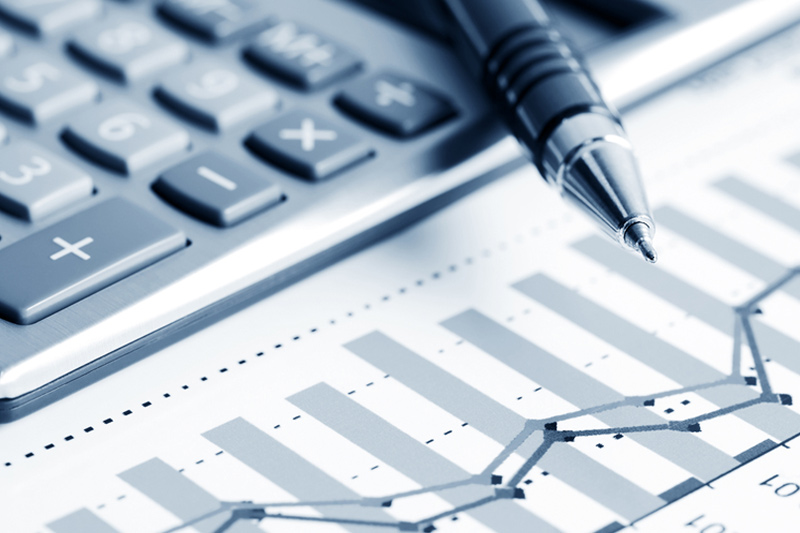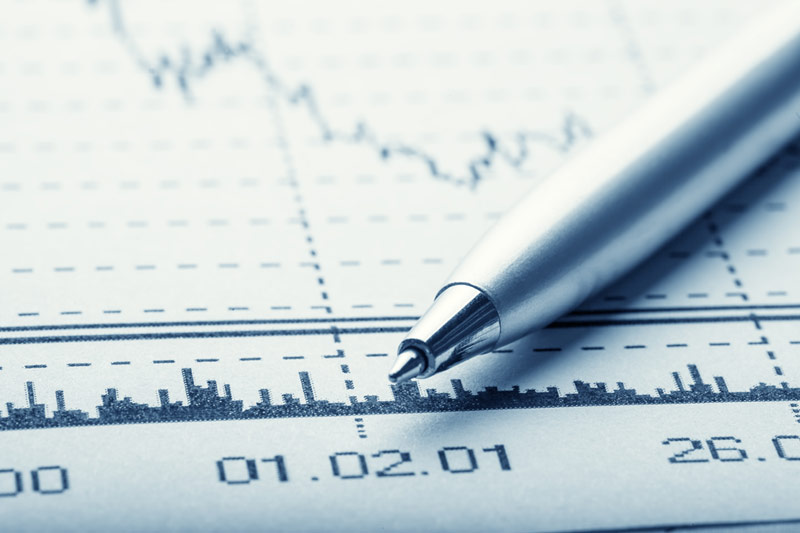By Yousef Saba, Rachna Uppal and Nayera Abdallah
RIYADH/DUBAI (Reuters) – Saudi Arabia approved its state budget on Tuesday for 2025 forecasting a fiscal deficit of 101 billion riyals ($26.88 billion), as its finance minister said the kingdom will continue to spend on massive gigaprojects designed to wean the economy off oil.
The deficit is in line with a preliminary government projection made in September and would equate to about 2.3% of gross domestic product.
The kingdom’s finance minister, Mohammed Al Jadaan, said Saudi Arabia will continue strategic spending on projects linked to Vision 2030, the kingdom’s ambitious plan to overhaul its economy.
Declining oil prices and extended voluntary production cuts by the world’s largest oil exporter have weighed on Saudi Arabia’s revenue in recent years but Riyadh is pushing ahead with a spending plan to boost growth and deliver on its economic transformation plan.
Total (EPA:TTEF) expenditure for 2025 is projected at 1.285 trillion riyals, which is the same as projected in September and likely to equate to about 30% of GDP over the next three years.
Total revenue is forecast at 1.184 trillion riyals.
Vision 2030 aims to reduce the Saudi economy’s reliance on oil, but it requires investments worth hundreds of billions of dollars to build massive infrastructure, develop new economic sectors like tourism and manufacturing and create jobs.
Crown Prince Mohammed bin Salman, the kingdom’s de facto ruler, in a statement issued alongside Tuesday’s budget, lauded the Vision 2030 reforms for producing “the positive indicators of the Saudi economy.”
SPENDING REVIEW
But as costs linked to Vision 2030 balloon the kingdom has recently scaled back lofty ambitions for projects like the futuristic desert city of NEOM to prioritise completing elements essential to hosting global sporting events over the next decade.
Jadaan said that NEOM is a long-term project that will take decades to complete.
“NEOM is a 50-plus-year plan. If anyone is thinking NEOM in its grand size is going to be built and operated and making money in five years, that’s foolish. We are not foolish. We are wise people,” he told reporters at a briefing in the Saudi capital, Riyadh.
“Some projects within NEOM will make returns in the short to medium term but this is a very long term program.”
A sweeping spending review is currently underway which will delay or scale back some Vision 2030 projects – a move welcomed by the IMF and others like ratings agency Moody’s (NYSE:MCO) which last week upgraded Saudi Arabia’s credit rating.
The kingdom’s total public debt is projected to reach 1.3 trillion riyals in 2025, slightly higher than an estimated 1.2 trillion riyals this year, staying just below 30% of GDP.
DIVIDEND DOUBT
On Tuesday, Jadaan reiterated that the kingdom will continue to seek international and local financing to cover the 2025 deficit and pay down debt.
The kingdom currently has no specific plans to transfer another ownership stake in Aramco (TADAWUL:2222) to the sovereign wealth fund, the Public Investment Fund, which is funding much of the Vision 2030 projects.
The PIF aims to reach 4 trillion riyals in assets under management by the end of 2025. They were at 3.47 trillion riyals as of October.
But much could depend on the direction of oil prices next year and whether state oil giant Aramco continues to pay its generous dividends at current levels.
As Aramco’s biggest shareholder, the government has relied on the dividend as a key source of support, which has helped contain the fiscal deficit.
Aramco maintained a $31.1 billion quarterly shareholder dividend in the third quarter despite a drop in profit.
Jadaan told reporters that the 2025 budget calculations do “not take into consideration any additional dividends distribution (by Aramco).”
While overall revenue next year is forecast to decline about 4% from 2024 estimates, oil revenue could retreat more than that.
Justin Alexander, director at Khalij Economics, estimates that 2025 oil revenue could be about 10% less than it was in 2024.
“If the budget assumes the current OPEC+ taper, equivalent to a 7% increase in crude on average, then this decline in revenue implies either substantially lower prices or a reduction in Aramco dividends – possibly a combination of the two,” he said.
OPEC+ nations are discussing a further delay to a planned oil output hike that was due to start in January, sources told Reuters on Tuesday, ahead of Sunday’s meeting to decide policy for the early months of 2025.
NARROWER 2024 FISCAL DEFICIT
The ministry of finance revised its 2024 budget estimates from those published in September’s preliminary statement, and now sees a slightly narrower fiscal deficit this year of 115 billion riyals, versus 118 billion riyals earlier. This equates to about 2.8% of GDP. It is still sharply wider than what was budgeted for 2024 in December last year.

The economy is expected to return to growth this year after contracting in 2023, with the government projecting GDP growth of 0.8% in 2024 before accelerating sharply next year to 4.6%, driven by an increase in non-oil activities, according to the finance ministry.
($1 = 3.7568 riyals)



